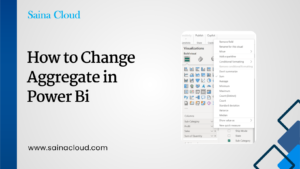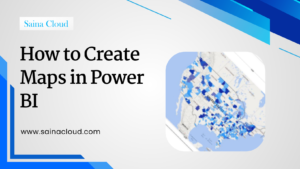How to enable the row version from Finance and Operations and Power Apps.
Scenario: Enabling the Row Version Tracking property in Finance and Operations, along with tracking changes in Power Apps, facilitates data synchronization by ensuring accurate and consistent updates across systems.
High Resolution steps
- Create the table with the row version property enabled.
- Create the data entity for the table with row version property enabled.
- Select the table from Power Apps database with Change Tracking Property enabled.
Detailed Resolution steps
Step 1: Create the table with the row version property enabled.

Step2: Create the data entity for the above table with row version tracking property enabled.

Step 3: The Data Entity which row version property is enabled should satisfy the below rules.
| SL NO | Rule | Applies to version |
| 1. | Data entities that have a custom change tracking query aren’t supported. | |
| 2. | Data entities that have range filters aren’t supported. | <10.0.39 |
| 3. | Data entities that have range filters on non-immutable fields aren’t supported. | >=10.0.39 |
| 4. | Data entities where the data sources have a group-by condition aren’t supported. | |
| 5. | Data entities where the data sources have range filters aren’t supported. | <10.0.39 |
| 6. | Data entities where the data sources have range filters on non-immutable fields aren’t supported. | >=10.0.39 |
| 7. | Data entities that have non-table data sources aren’t supported. | |
| 8. | All tables in a data entity must allow for row version change tracking. | |
| 9. | When data sources in a data entity are joined using an outer join, the join columns from the related data source must be immutable. | |
| 10. | Inner join between data sources in a data entity isn’t supported. | <10.0.39 |
| 11. | When data sources within a data entity are joined using an inner join: The join columns must be immutable. The On Delete property on the data source relation should be set to either Cascade, Restricted, or Cascade, Restricted. Inner joins aren’t supported on join data source relations. | >=10.0.39 |
| 12. | Exists and No Exists join between data sources in a data entity isn’t supported. | |
| 13. | The relationship between data sources must be many to one. | |
| 14. | Fixed and related fixed constraints in relationships between data sources aren’t supported. | <10.0.30 |
| 15. | Fixed and related fixed constraints on non-immutable fields in relationships between data sources aren’t supported. | >10.0.39 |
| 16. | Validate data entities that have time state–enabled tables. | |
| 17. | Maximum Data Source Count in a Data Entity. The recommendation is to keep the count below 10. This limit helps improve performance. |
Step 4: Select the table from the Power Apps database with change tracking property enabled.
Navigation: Table à Properties à Advanced Properties à Tracking Changes

Output
The data is synchronized from Finance and Operations to Power Apps.
Once we enable the change tracking property only the data will be visible.
Logical Name – mserp_vysmaterialmasterdataentity
Note : mserp (Manufacturing and Service Execution Resource Planning.)






